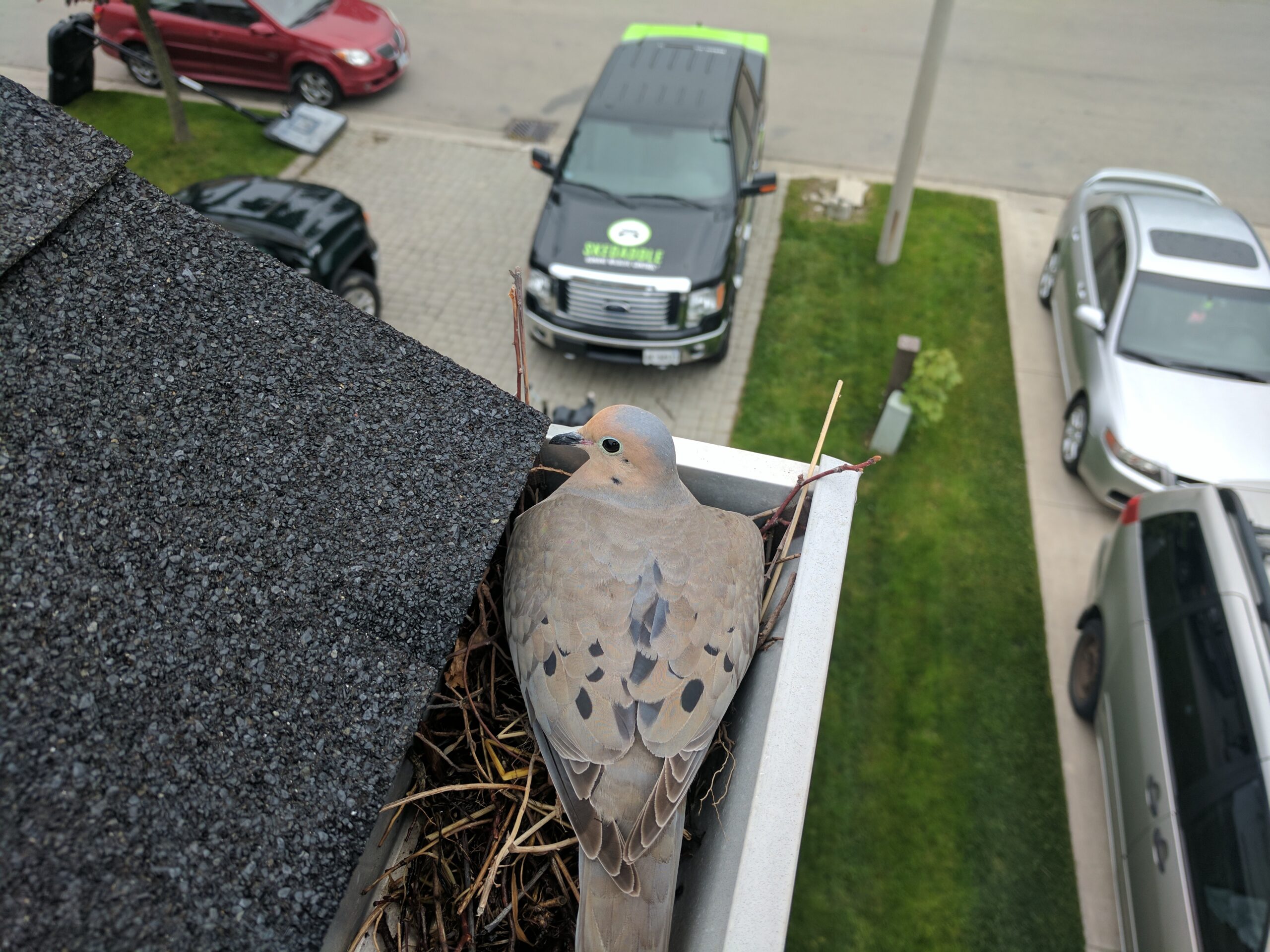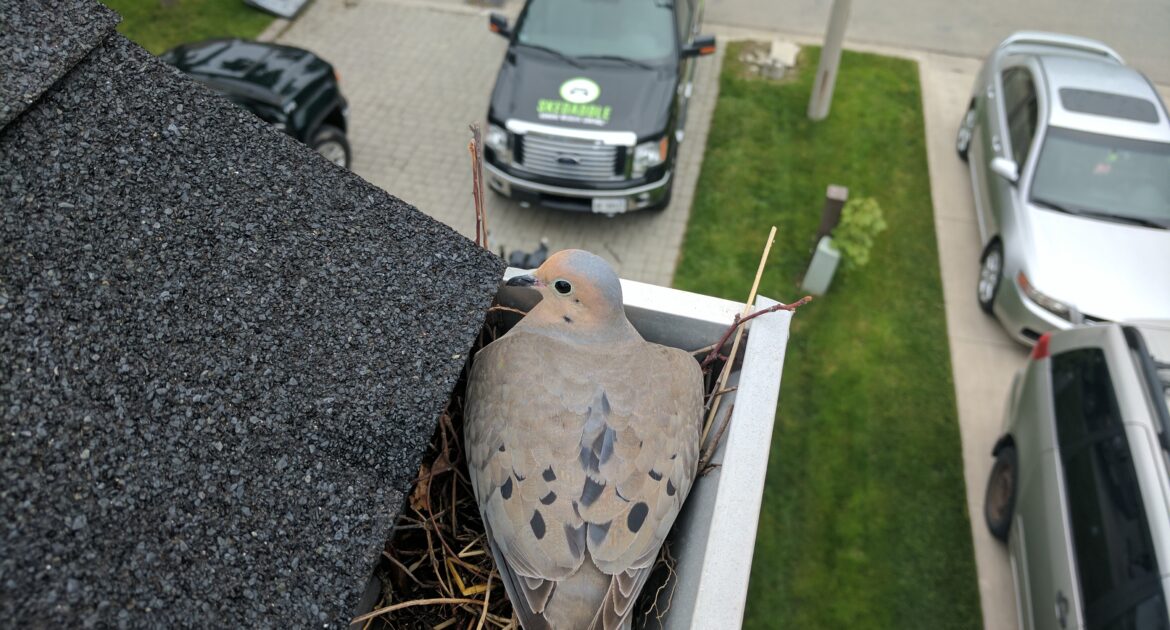Spring and summer bring warm weather and with it, the birds that migrated south for the winter return. Generally speaking, bird species tend to be more tolerant of hot weather than cold, which is the reason for the yearly migration to southern areas when the temperatures turn colder.
That’s not to say that birds are completely impervious to heat. If temperatures are hot enough, birds may suffer ill effects from it. However, nature has also equipped birds with certain behavioural adaptations and physical characteristics that help them to cope with hot temperatures.
What Physical Adaptations Do Birds Have to Keep Them Cool?
Like humans and other mammals, birds are warm-blooded, meaning that their bodies are able to regulate their own temperatures. Compared to most mammals, including humans, birds’ normal body temperature is generally higher. While a normal temperature for a human is 37 degrees Celsius, for a bird it is 40 degrees Celsius. That may not seem to be a big difference, but it gives birds a greater tolerance for temperatures that might seem oppressively hot to a human being.
Temperature self-regulation depends on an ability to shed excess heat as needed. You may think that heat transfer is more difficult through a covering of feathers, and you’re correct. However, there are areas on a bird’s body that lack feathers. Birds’ feet are bare and featherless, as are their legs apart from the area where they attach to the body. Some birds also have bare patches on their faces. These bare patches on birds’ bodies allow them to lose heat more easily. If the heat loss does not happen fast enough, they may be able to speed up the pace by increasing the surface area of the bare patches by making them swell up.
Heat escapes from the body of a warm-blooded animal during exhalation. The respiration rate of a bird is more rapid than that of many mammals, which helps it shed heat more quickly.
What Behavioural Adaptations Help Keep Birds Cool?
You may have seen birds splashing around in puddles or birdbaths and wondered if they were using them to cool down. The answer is yes: Birds don’t have sweat glands, so getting wet allows them to cool their skin through the process of evaporation the same way that the human body sweats to cool itself. Some birds, such as vultures, get their legs wet by purposely urinating on them. The urine on the legs functions similarly to sweat to cool the body as it evaporates.
When the temperature of the air is cooler than a bird’s body, it may stand with its wings open and its feathers spread wide. This allows the air to circulate closer to the skin and carry away the heat from their bodies according to the laws of thermodynamics.
Sometimes it appears that a bird is panting the way that dogs do. This is easier to observe in large birds such as herons. What the birds are doing is intended to cool them off, the way that panting does for a dog, but it is a different motion called gular fluttering. To promote heat loss, birds rapidly expand and contract the muscles in their necks and throats.
What Can You Do To Help the Birds Keep Cool?
Temperatures tend to be cooler in the shaded areas of your yard compared to those exposed to direct sunlight. Planting trees and shrubs in your backyard can provide plenty of shade and, if they are native species, serve as a source of food as well.
A birdbath or other shallow basin, no deeper than two inches, filled with water provides them with a place to cool off and get a drink. However, you need to keep this clean, and you should put it at a far point on your property. Otherwise, if the birds feel too comfortable on your property, they may move into your house, requiring bird control in Pickering from Skedaddle to remove them humanely.




